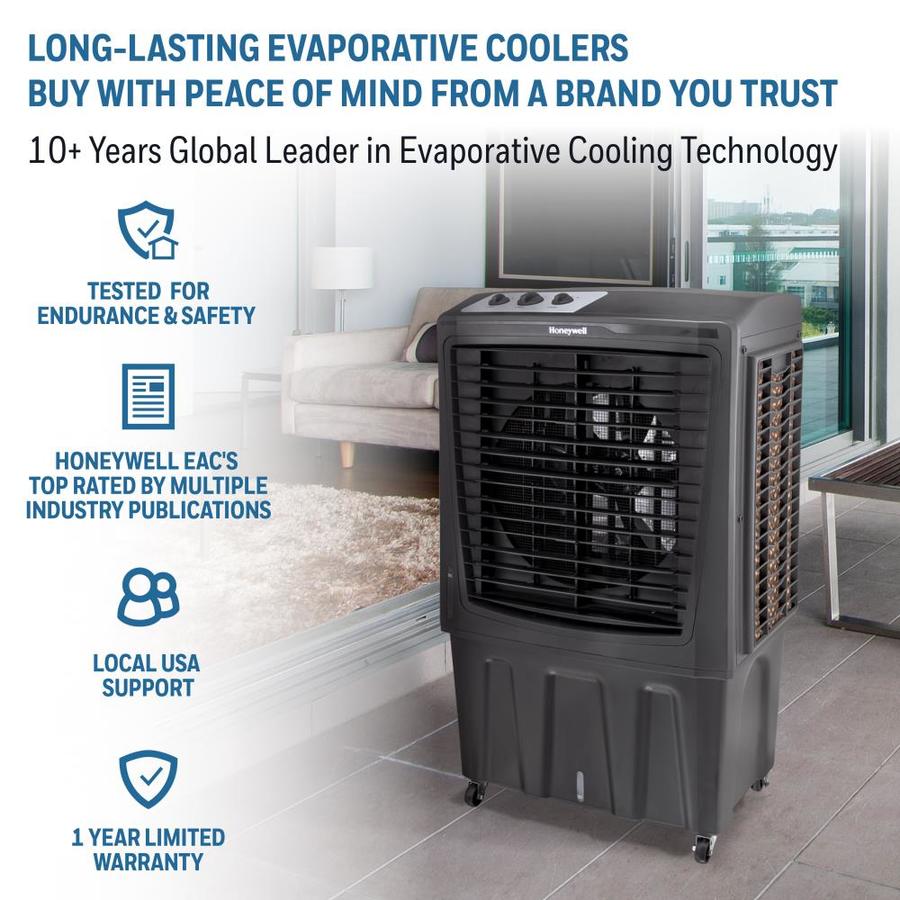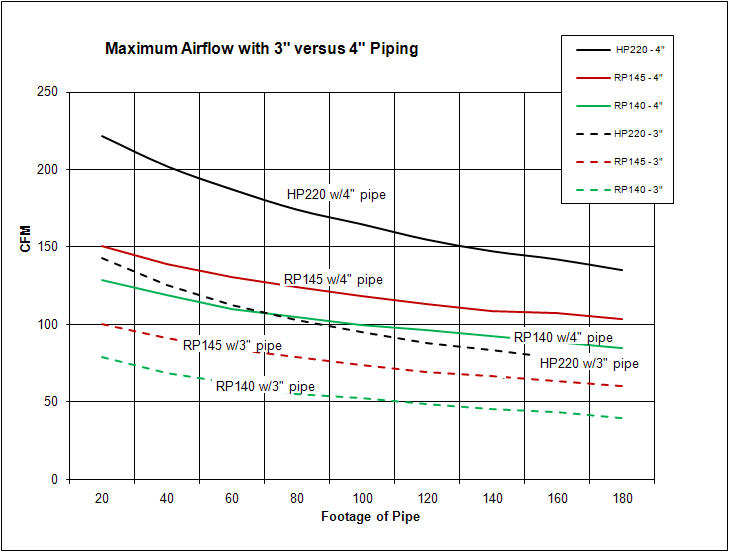

“Kitchen hoods should remove heat, grease, cooking odors, and smoke from the kitchen,” says Sharon L. The best solution to this is a range hood, an important appliance that can make all the difference in the cleanliness of your kitchen. Hence it is very important to calculate return air grill size without any difficulty.If you cook often, you’re likely familiar with the issue of lingering smells and oily surfaces that can result from not having enough ventilation in the kitchen. The return air filter grille must be properly sized for the furnace to perform properly. This is useful if your furnace is in an attic or other difficult-to-reach location.Īs this furnace filters should be replaced at least every 90 days, going into an attic to change the filter may be impractical. There may be occasions when you want or need to put the filter at the return air grille. Conclusionįurnace filters are most commonly found in the unit or in the return air ducting or adjacent to the unit. Because the furnace requires 400 square inches for your filter grille in this example, you can use either the 25-by-16 filter grille or the 20-by-20 filter grille. Using those figures, their square inches would be 280, 400, and 400, respectively. You can use it as your filter grille size once you’ve found one that meets or surpasses the above-calculated required value. To compute the square inches of each, multiply the lengths and widths of standard filter grille sizes. Step 4 to calculate Return Air Grill Size

So, if your furnace produces 800 CFM, you’ll require 400 square inches of filter grille space. Allow 2 CFM per square inch of filter grille area for appropriate functioning. Step Three to Calculate Return Air Grill Sizeĭetermine the area in square inches required for your filter grille. For example, a 40,000 BTU furnace would produce 800 CFM. 2nd Step To Calculate Return Air Grill Sizeĭivide the BTU by 50 to determine the CFM, or cubic feet per minute, that your furnace produces. Check the plate to find how many BTUs (British Thermal Units) your furnace produces. To obtain access to the service plate, open the cabinet of your furnace. Step 1 To Calculate Return Air Grill Size
#Bbq cfm airflow how to#
How to Size Return Filter Grillesīecause furnace filters should be replaced at least every 90 days, going into an attic to change the filter may be impractical. Otherwise, if feasible, utilize more than one grille.
#Bbq cfm airflow free#
You may also look for return air grilles with a bigger free space. If you must utilize a smaller return air grille, I recommend that the face velocity not exceed 800 fpm. The more the noise, the smaller the grille. The grille may make audible noise with a greater face velocity. Using a smaller return air grille with the same type of grille will result in a greater face velocity (thus, same free area). What Happens If A Smaller Return Air Grille Is Used When measuring exterior grilles, I recommend using 50% free space because external grilles often have thin blade profiles to prevent rainfall from entering. Both grilles are suited for the HVAC unit with a capacity of 1050 CFM.Īlternatively, just match the size of the grille to the airflow (cfm) of your HVAC unit. If you don’t want to utilize a horizontal grille, you can find the 24 inches by an 18-inch grille or the 36 inches by 12-inch grille using the CFM table for vertical grilles. Using the CFM chart for horizontal grilles, the 18-inch-by-24-inch grille has a grille area of 432, which is sufficient for the HVAC unit with a capacity of 1050 CFM. This is no doubt very easy to go through. Grille Area (sq.in) = Airflow (cfm) ÷ 500 ÷ 0.7 x 144Īssume we have a 1050 CFM airflow HVAC unit, then: Using the aforementioned calculation and 500 fpm with 70% free space, we get:

The following formula is used to compute the size of the return air grille:Īirflow (cfm) Face Velocity (fpm) Grille Free Area (percent) x 144 = Grille Area (sq.in) The people who need to have the option to cook for a bigger group may increase to around 400 square inches. These barbecues are generally at least 360 square inches. With regards to a standard barbecue size, the vast majority who need to cook sausages and burgers go for a comparable size.


 0 kommentar(er)
0 kommentar(er)
